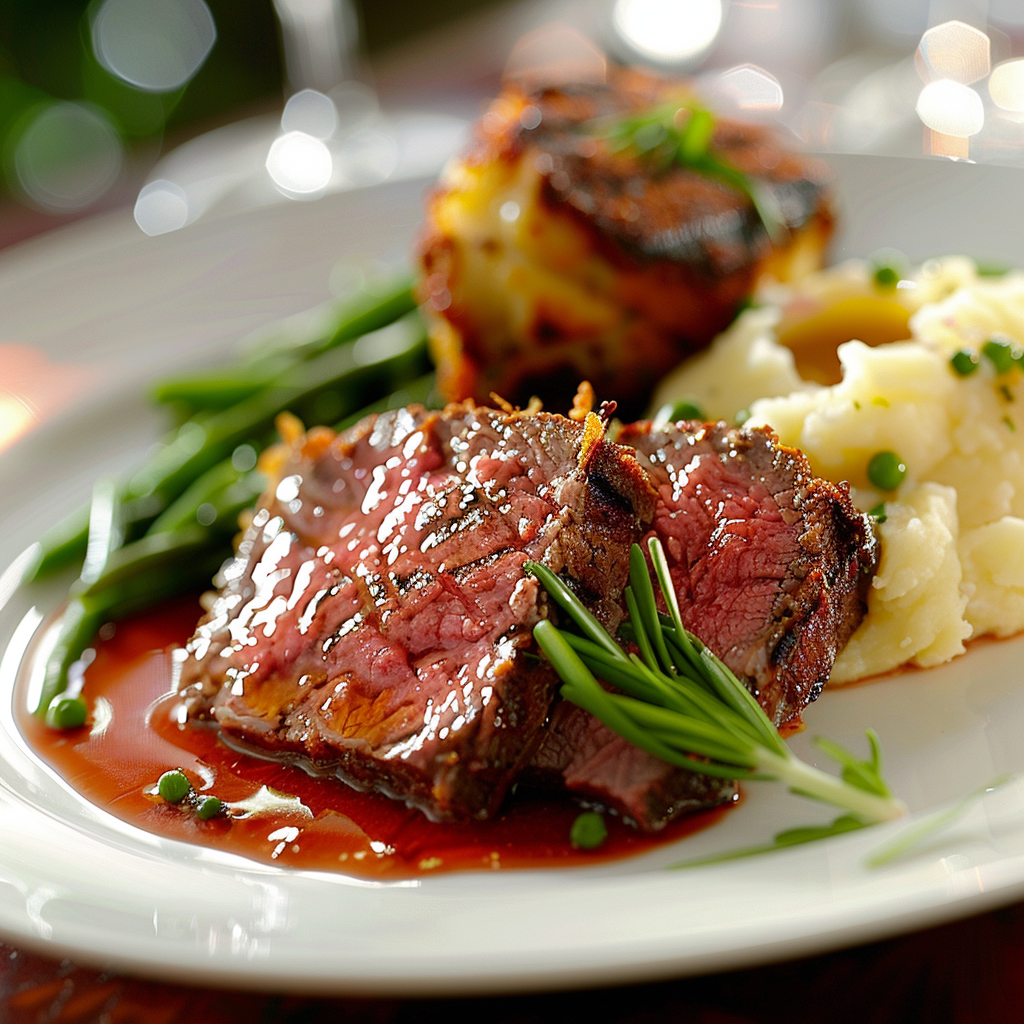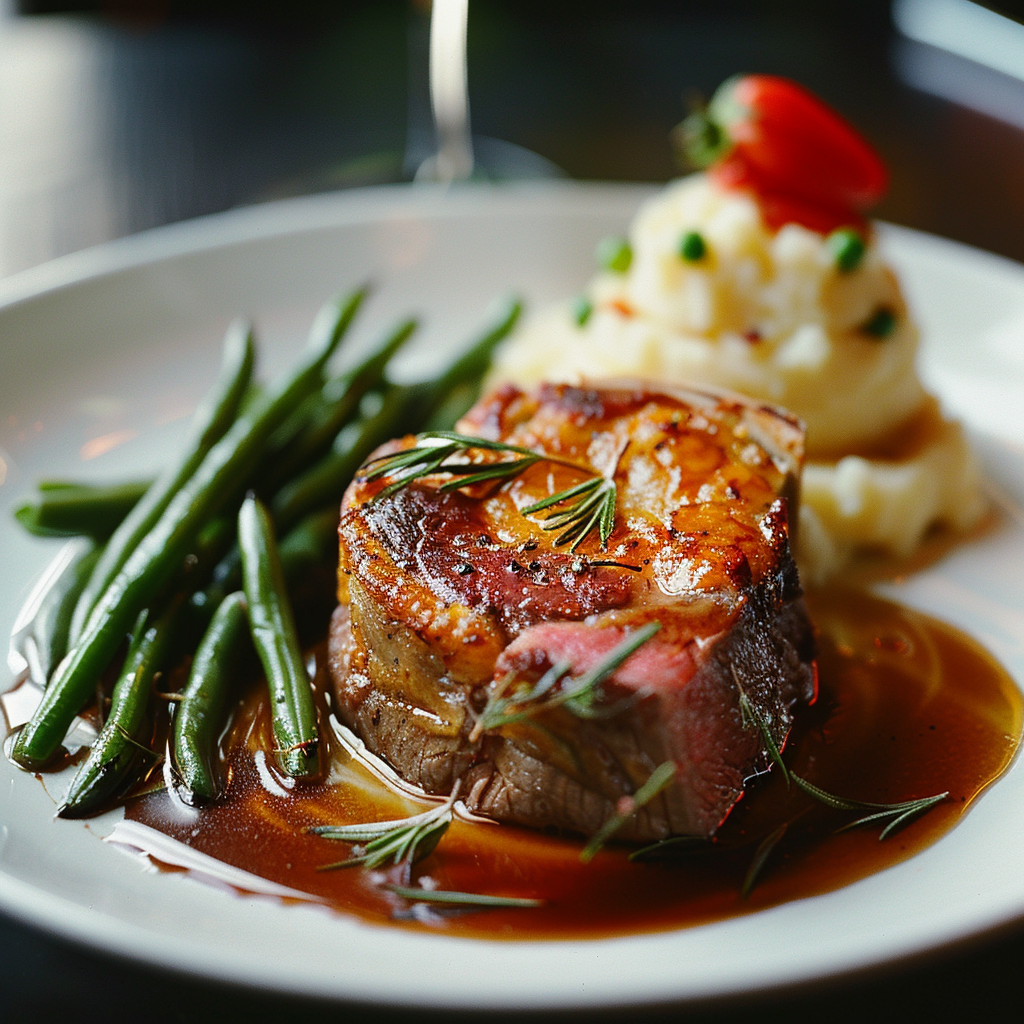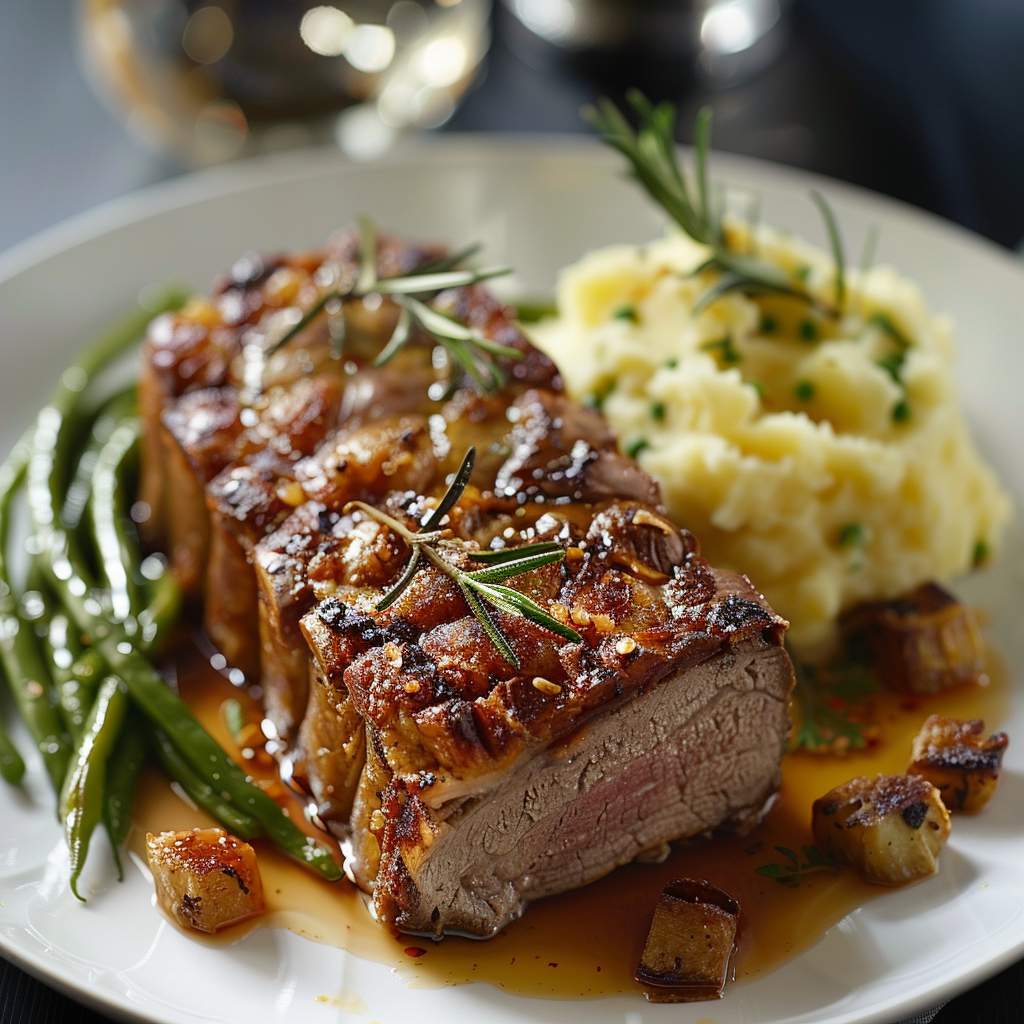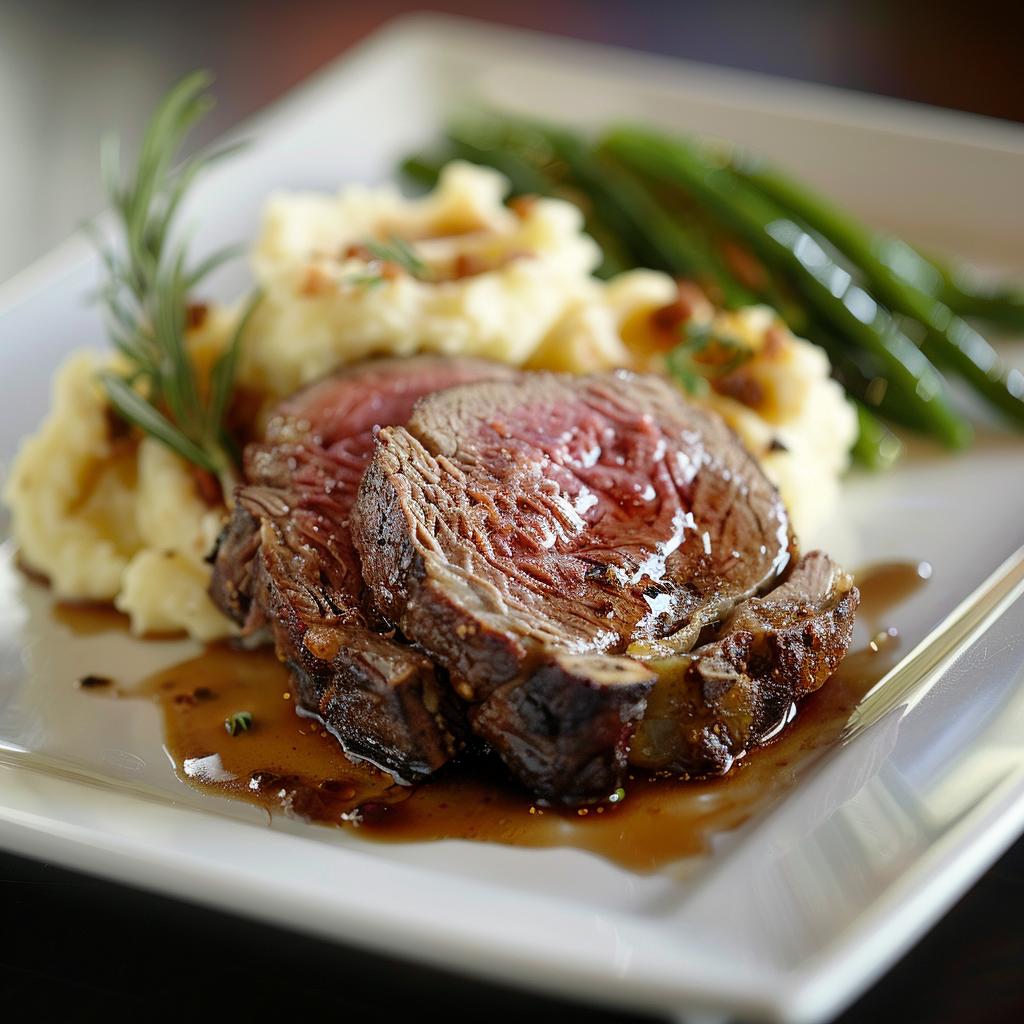Why You’ll Love This Recipe
Let me tell you about the time I stumbled upon an old lamb cake mold at a garage sale. It was rusty, dusty, and looked like it had seen better days. But something about its quirky charm spoke to me. Fast forward to Easter dinner that year, and my family couldn’t stop raving about the adorable lamb-shaped cake sitting proudly in the center of the table. That’s when I realized this isn’t just a dessert—it’s a tradition wrapped in sugar and love. Whether you’re using a vintage cast iron piece or a shiny aluminum one from Walmart, this recipe is simple, fun, and oh-so-delicious.
The Story Behind the Lamb Cake Mold
This little lamb has been around longer than we think. The lamb cake tradition dates back centuries, symbolizing purity and new beginnings—perfect for springtime celebrations like Easter. Back in the day, bakers would use heavy cast iron molds passed down through generations. My grandma used to tell me stories about her mother greasing up their family heirloom mold, filling it with batter, and crossing her fingers it wouldn’t break apart. Now, modern versions like aluminum or silicone molds make life easier, but there’s still something magical about baking with a piece of history.
I tested this recipe with both a vintage lamb cake mold and a newer aluminum one. Let’s just say the vintage gave it more “character,” while the aluminum was foolproof. Either way, the result? A show-stopping dessert that wows every time.
Perfect Occasions for This Recipe
Whether it’s Easter brunch, a baby shower, or even a cozy Sunday dinner, this lamb cake fits right in. It’s not just food—it’s a centerpiece. Imagine your guests walking in and seeing this fluffy, golden-brown lamb staring back at them. Kids especially love it, and let’s face it, so do adults. Plus, if you’re feeling creative, decorating it can turn into a fun family activity!
Ingredients
- 1 box of white or yellow cake mix (or your favorite homemade recipe)
- 3 large eggs
- 1 cup water
- 1/3 cup vegetable oil
- 1 teaspoon almond extract (optional, but adds a lovely flavor)
- Powdered sugar for dusting
- Coconut flakes or sprinkles for decoration
Substitution Options
- Instead of boxed mix, try a scratch-made vanilla or pound cake recipe.
- Swap almond extract for vanilla if you prefer a milder taste.
- Use dairy-free alternatives for eggs and milk to make it vegan-friendly.
Preparation Section
Step 1: Prepare Your Mold
If you’ve got a cast iron lamb cake mold, give it some TLC first. Wash it thoroughly and dry it completely to prevent rust. Then, generously grease every nook and cranny—seriously, don’t skimp on this step. For best results, use a mix of melted butter and flour or a non-stick spray designed for baking. Pro tip: If you’re worried about sticking, line the mold with parchment paper before greasing.
Step 2: Mix the Batter
In a large bowl, combine your cake mix, eggs, water, oil, and almond extract. Whisk until smooth and lump-free. The batter should be thick yet pourable. Picture it as the color of sunshine, ready to transform into a golden treat. Take a moment to inhale the sweet aroma—it’s pure happiness in a bowl.
Step 3: Fill the Mold
Now comes the tricky part: how full do you fill a lamb cake mold? Aim for about two-thirds full to leave room for rising. Pour the batter evenly between the two halves of the mold. Don’t worry if it feels messy; perfection comes later. Gently tap the mold on the counter to release air bubbles.
Step 4: Bake the Cake
Preheat your oven to 350 degrees Fahrenheit. Place the filled mold on a baking sheet (to catch any spills) and bake for 45-50 minutes. How long to cook a lamb cake mold at 350 degrees depends on your oven and mold material. A toothpick inserted into the thickest part should come out clean. Keep an eye on it—overbaking leads to dryness.
Step 5: Cool and Assemble
Once baked, let the cake cool in the mold for 10 minutes. To remove the lamb cake from the mold, gently run a knife along the edges before flipping it onto a cooling rack. Be patient—if it sticks, wiggle it gently. Once cooled, assemble the two halves with frosting or powdered sugar glue. Decorate however you like!
Chef’s Tip
For extra stability, insert wooden skewers horizontally through the assembled lamb cake. This keeps the two halves secure during transport or display.
Timing
Prep time: 15 minutes
Cooking time: 45-50 minutes
Resting time: 15 minutes
Total time: About 1 hour 15 minutes
Chef’s Secret
Before serving, lightly dust the lamb cake with powdered sugar using a fine mesh sieve. It creates a snowy effect that looks stunning on any table.
Extra Info
Did you know that lamb cakes were originally made with marzipan? While today’s versions are mostly sponge-based, adding a hint of almond extract pays homage to those early recipes. Fun fact: Some collectors value vintage lamb cake molds at hundreds of dollars depending on their condition and rarity!
Necessary Equipment
- Lamb cake mold (vintage, cast iron, or aluminum)
- Mixing bowls
- Whisk or electric mixer
- Baking sheet
- Cooling rack
Storage
To keep your lamb cake fresh, store it in an airtight container at room temperature for up to three days. Avoid refrigeration unless frosted with perishable toppings like whipped cream.
If you need to freeze it, wrap the unfrosted cake tightly in plastic wrap and then aluminum foil. It will stay good for up to three months. Thaw overnight in the fridge before decorating.
Pro tip: Store leftover frosting separately to avoid sogginess. Reheat briefly in the microwave if you want to soften it for touch-ups.
Tips and Advice
– Always pre-grease your mold thoroughly.
– Test doneness with a toothpick to avoid underbaking.
– Use a sturdy base to transport the cake safely.
– Experiment with different frostings to match your theme.
Presentation Tips
- Dust with powdered sugar for a minimalist look.
- Add edible flowers or fresh mint leaves for a pop of color.
- Decorate with pastel-colored icing to match holiday themes.
- Place it on a cake stand surrounded by Easter eggs or candles.
Healthier Alternative Recipes
Looking to lighten things up? Here are six variations:
- Gluten-Free Option: Substitute the cake mix with gluten-free flour blend.
- Vegan Version: Replace eggs with flaxseed meal and water mixture.
- Low-Sugar Recipe: Use a sugar-free cake mix and top with sugar-free frosting.
- Fruit Infusion: Add lemon zest or blueberries to the batter for brightness.
- Spiced Cake: Incorporate cinnamon and nutmeg for warmth.
- Chocolate Twist: Swap out vanilla for chocolate cake mix.
Common Mistakes to Avoid
Mistake 1: Skipping the Grease
One of the biggest reasons for a lamb cake fail is improper greasing. Without enough lubrication, the cake won’t release cleanly, leaving you with a crumbled mess. Always take the time to coat every surface of the mold.
Mistake 2: Overfilling the Mold
Filling the mold too high causes overflow during baking. Stick to two-thirds capacity to ensure proper rising without spills. Trust me, cleaning burnt batter off your oven floor isn’t fun.
Mistake 3: Rushing the Cooling Process
Patience is key here. Trying to unmold the cake too soon can lead to cracks or tears. Give it at least 10 minutes to set before attempting removal.
FAQ
How long to cook lamb cake mold at 350 degrees?
Typically, it takes 45-50 minutes. However, ovens vary, so check for doneness with a toothpick. Insert it into the thickest part of the cake; if it comes out clean, it’s ready.
How do you remove lamb cake from mold?
Gently run a knife along the edges, then flip the mold onto a cooling rack. Tap lightly and wiggle if needed. Patience is crucial here—let it cool slightly first.
Can you make a lamb cake without a mold?
Absolutely! Shape the batter freeform on a baking sheet and carve it into a lamb shape after baking. It might not be as detailed, but it works in a pinch.
How full do you fill a lamb cake mold?
Fill it about two-thirds full to allow for rising. Overfilling can cause overflow and uneven baking.
Where can I buy a lamb cake mold?
Check online retailers like Amazon or Walmart, or hunt for vintage treasures at flea markets and antique shops.
What does the lamb cake symbolize?
The lamb cake meaning ties to purity and renewal, making it a popular choice for Easter and other springtime celebrations.
Is a cast iron lamb cake mold worth collecting?
Yes! Depending on its age and condition, a cast iron lamb cake mold value can range from $50 to several hundred dollars.
Can I use a box mix for lamb cake?
Of course! Many bakers swear by lamb cake with box mix for convenience and consistent results.
Why did my lamb cake fall apart?
This usually happens due to insufficient greasing or rushing the cooling process. Follow the steps carefully to avoid heartbreak.
Do I have to decorate the lamb cake?
Nope! A simple dusting of powdered sugar looks elegant and saves time. But if you’re feeling artsy, go wild with decorations.
Final Thoughts
Baking with a lamb cake mold is more than just following a recipe—it’s creating memories. Whether you’re continuing a cherished tradition or starting a new one, this delightful dessert brings joy to any occasion. So grab your mold, roll up your sleeves, and get ready to impress everyone with your culinary skills. Happy baking!

Equipment
- Mixing Bowl
- Whisk
- Baking Sheet
- Lamb Cake Mold
- Cooling Rack
Ingredients
- 1 box Cake Mix (white or yellow)
- 3 Large Eggs
- 1 cup Water
- 1/3 cup Vegetable Oil
- 1 teaspoon Almond Extract optional
Instructions
- Prepare your mold by washing and drying it, then greasing it generously with melted butter and flour or non-stick spray.
- In a large bowl, combine the cake mix, eggs, water, oil, and almond extract, whisking until smooth and lump-free.
- Fill the mold about two-thirds full with the batter, tapping it gently on the counter to release air bubbles.
- Preheat the oven to 350°F and bake the filled mold on a baking sheet for 45-50 minutes, checking for doneness with a toothpick.
- After baking, let the cake cool in the mold for 10 minutes before gently removing it and letting it cool completely on a cooling rack.



